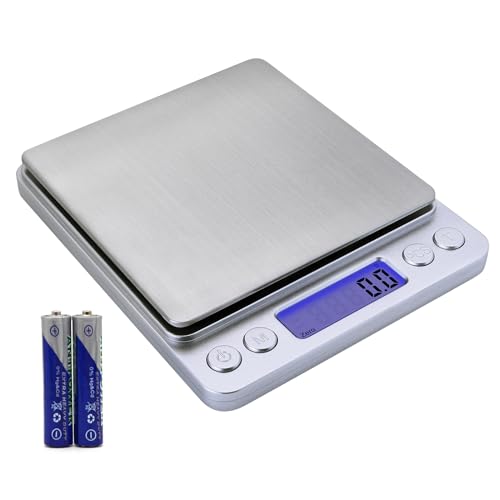I know nothing about saddles but here is a little help formulating soap and understanding soap's ability to clean and its 'harshness'.
Fatty acids can be saturated, mono unsaturated or polyunsaturated, but they also have different length carbon chains.
fatty acid ----- number of carbons
Lauric ----- 12
myristic ---- 14
palmitic ---- 16
stearic ---- 18
All of the above are saturated, which means that there are no double bonds available to react with other molecules. Physically, this means the fatty acid molecules are 'rigid' instead of 'floppy' like the unsaturated fatty acid. This makes them solid at room temperature and if used in soap they will contribute to the hardness of the bar. The saturated/unsaturated character does not make much difference in the cleansing qualities of the soap, but the length of the carbon chains does.
Soap molecules have a hydrophobic end and a hydrophilic end. This means one end is attracted to water, one end is the opposite, repelled by water but attracted by oil. The way soap works is by forming 'micelles'. In a micelle a whole collection of soap molecules will surround a fat or oil globule with their fat attracting side touching the oil and their hydrophilic side touching the water.
In any case, the shorter chained fatty acid soaps like lauric (50% of coconut oil is lauric) will be a lot more effective and efficient on this 'micelle' action and will be a more cleansing soap, able to remove grease from your pan or your hands a lot more effectively. This also makes them harsher on your skin (should we assume also the leather? I would think so).
So if you could make a soap that was all stearic, or all palmitic, they would both have the same hardness, but the palmitic one will be more cleansing, but not nearly as cleansing as an all lauric acid soap would be.
For a better understanding of this I encourage you to use the google image feature and look up words like 'micelles' molecular structures stearic acid, and words like that. A picture is worth a thousand words as they say. There are some great pictures of molecular structures in different styles.
Now there is another important property that we want in soap, and this is longevity. This is where the saturated/monounsaturated/polyunsaturated concepts come in. The more unsaturated a fatty acid is, the more likely it is to go rancid since it has a greater ability to react with whatever (oxygen, heavy metals, etc).
So a soap made 100% with walnut oil will have a shorter shelf life than one made 100% with olive oil, this is because walnut has so much linoleic and linolenic fatty acids. The mildness or gentleness will be similar, so you are better off formulating with the longest molecular chains (oleic is the same length as stearic and linoleic as well as linolenic) but stay away from the polyunsaturates for the sake of a longer shelf life.
So unless you plan to use your saddle soap really fast, I recommend staying away from walnut oil. Olive oil is a better choice here. I know nothing about specific additives for saddle soap, so this explanation is for soap in general, and you need to research what else to add to your saddle soap to make it more conditioning.
Let us know how it goes and what you come up with! and good luck to you.











































